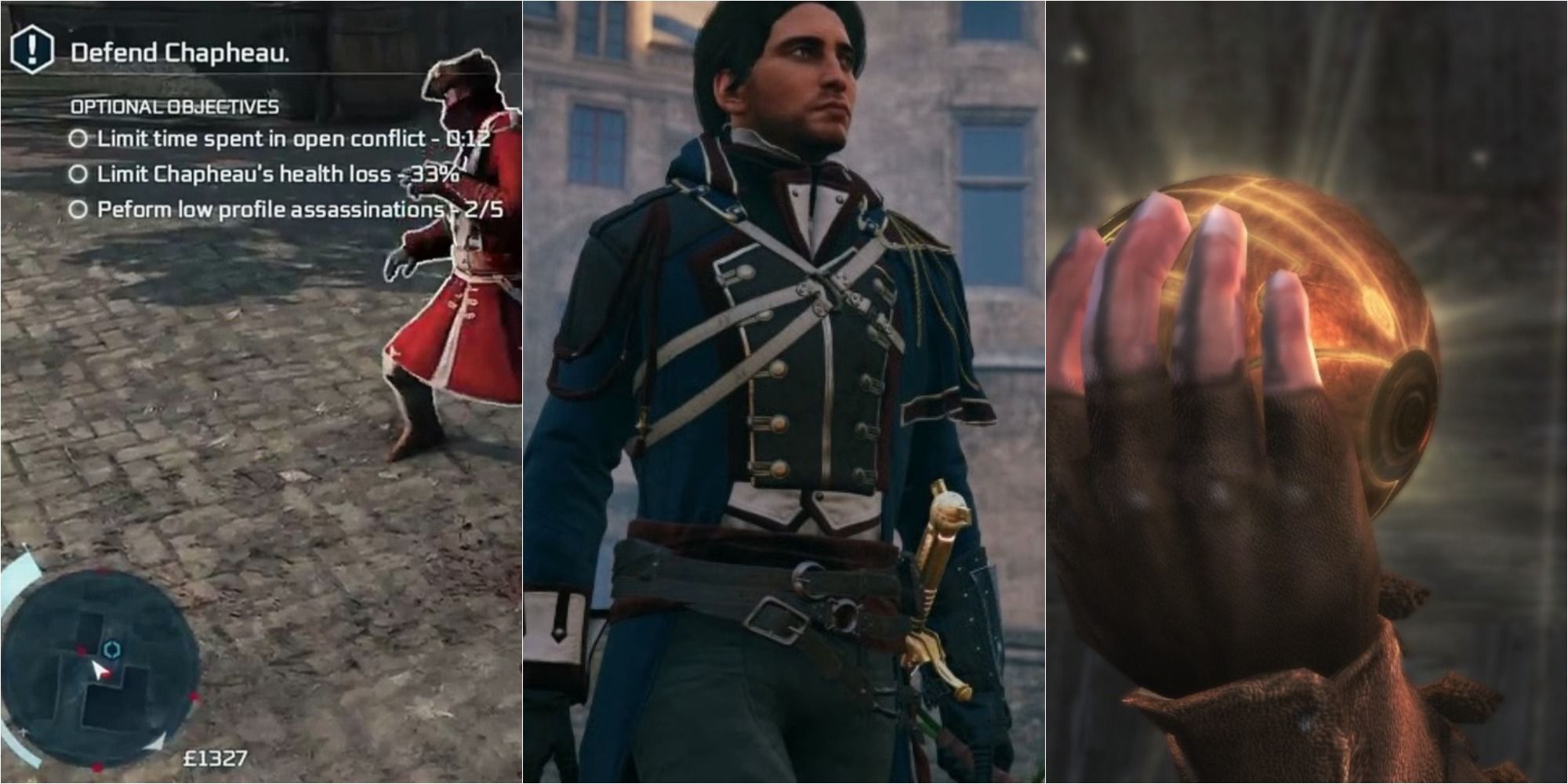
Assassin's Creed is a series that is no stranger to change. After all, the franchise has regularly introduced new protagonists, villains, and settings. However, each of the early games still felt similar to one another. All of those older entries included an established set of tropes that made them feel like Assassin's Creed games.
RELATED: Assassin’s Creed: Key Things That Need To Stay In The Games (& Things That Should Change)
As the franchise has evolved, some of the tropes have been discarded. As a result, the most recent instalments are very different from the originals, for better or worse. Whether players prefer the new titles or the old ones, they probably wish some of the following tropes were still around.
7 A Narrative Structured Around Assassinations
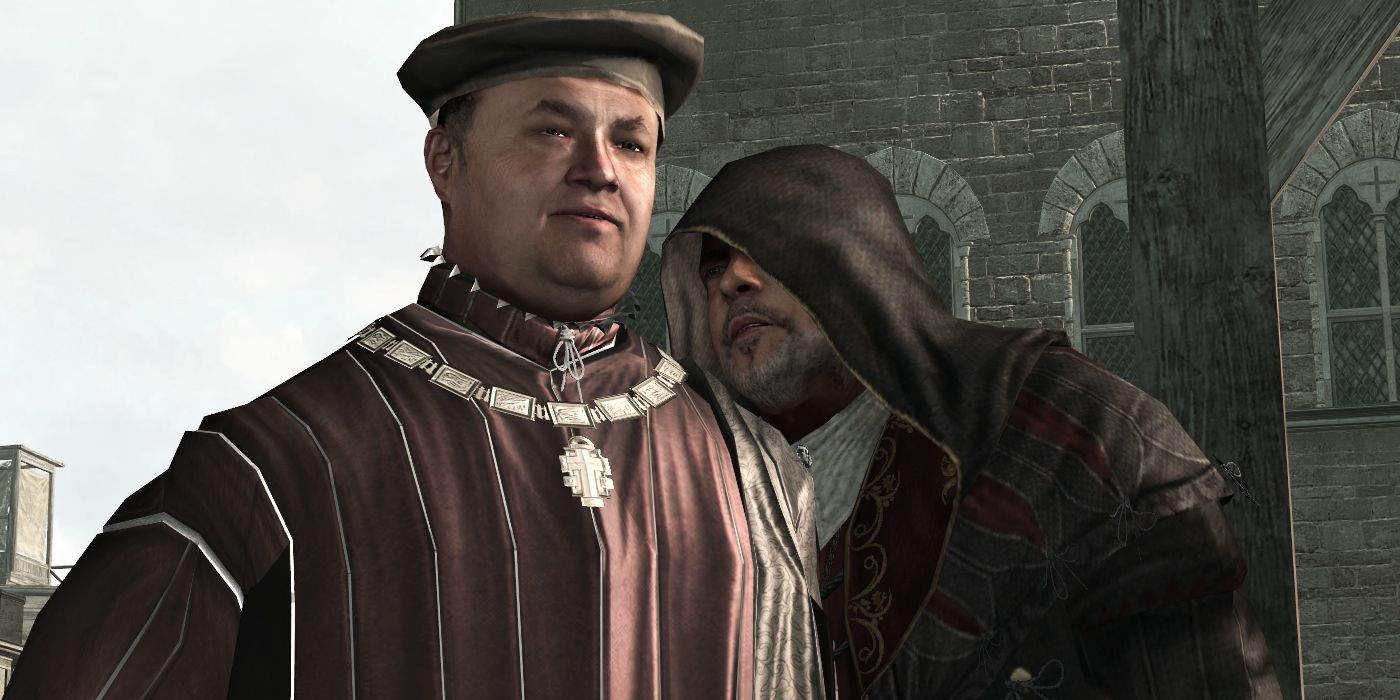
As the name suggests, Assassin's Creed generally involves plenty of assassinations. But in the earlier games, these big kills were a much bigger part of the narrative. Usually, the story was about an assassin who had a list of people they needed to hunt down and kill. And virtually every mission would be in some way building towards the next assassination.
Recently, Ubisoft has structured the stories very differently. The Eagle Bearer and Eivor have quests that involve killing significant people, but the whole narrative doesn't revolve around a bunch of them.
6 Protagonist Has A Signature Robe
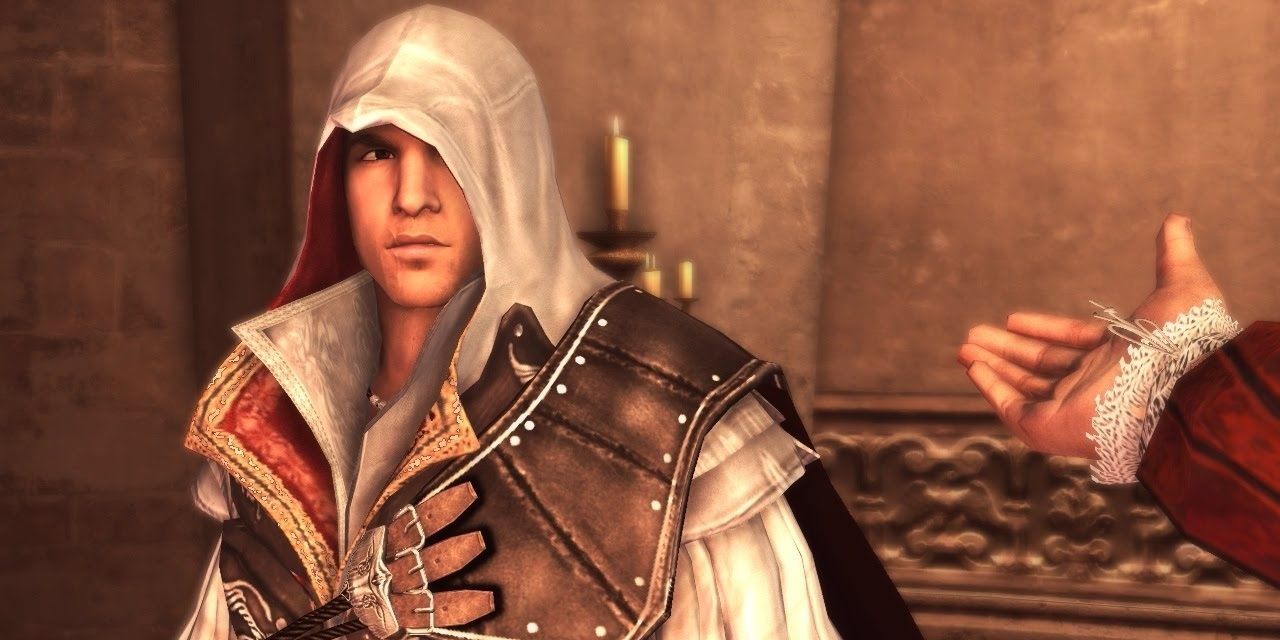
The ability to switch what your character is wearing is not a new feature in Assassin's Creed. However, changing the protagonist's outfit has become a much bigger part of the series as each garment now has differing stats. So much so that the likes of Kassandra and Eivor don't really have signature pieces of clothing - the former has a collection of good and bad outfits instead.
In contrast, Altair, Ezio, and Connor all had a set of personalized robes that complemented their personality. In fact, during AC2 and AC3, the moment the main characters put on the robes for the first time felt significant.
5 Optional Objectives

In Assassin's Creed Brotherhood, Ubisoft introduced optional objectives into the series. These were little challenges players could complete during a mission. The idea was that by doing them, players were re-creating the events exactly how they went down. As a result, they increased Desmond's synchronization with Ezio.
RELATED: Assassin’s Creed Settings That Actually Need To Be Revisited
The optional objectives stuck around for several games, but they're missing from the current titles. It's no surprise they're gone, as they forced players to play a certain way, which goes against the freedom the Assasin's Creed series usually provides.
4 Virtually Everyone Is Either An Assassin Or A Templar
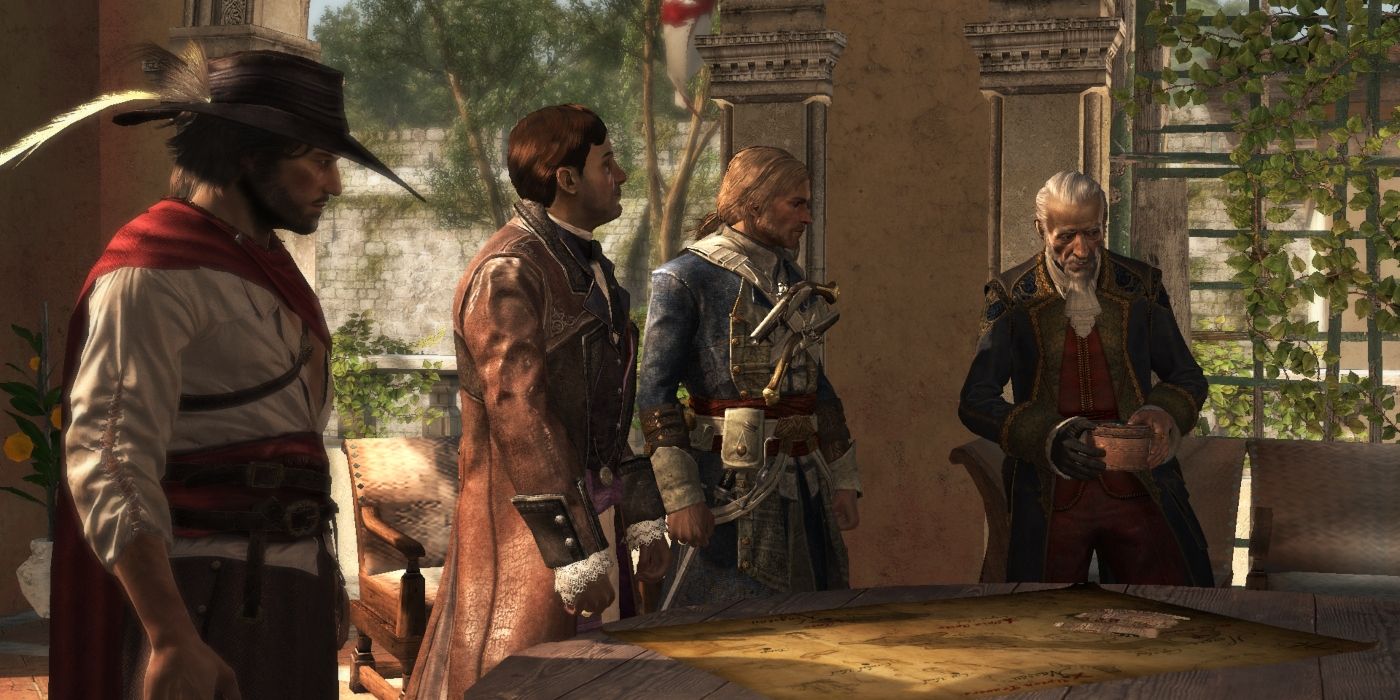
Both the Assassins and the Templars are secretive organizations that conduct much of their business in the shadows. In the early games, it's impressive how well they managed to stay hidden, considering so many people were connected to at least one group. Almost every significant character in those titles was either an Assassin or a Templar, including some of the historical figures.
In the new games, you only meet members of either group in the present-day storylines. As for the Hidden Ones and the Ancient Ones, their members aren't as prevalent as the Assassin's and Templars once were.
3 Present Day And Past Protagonists Are Related
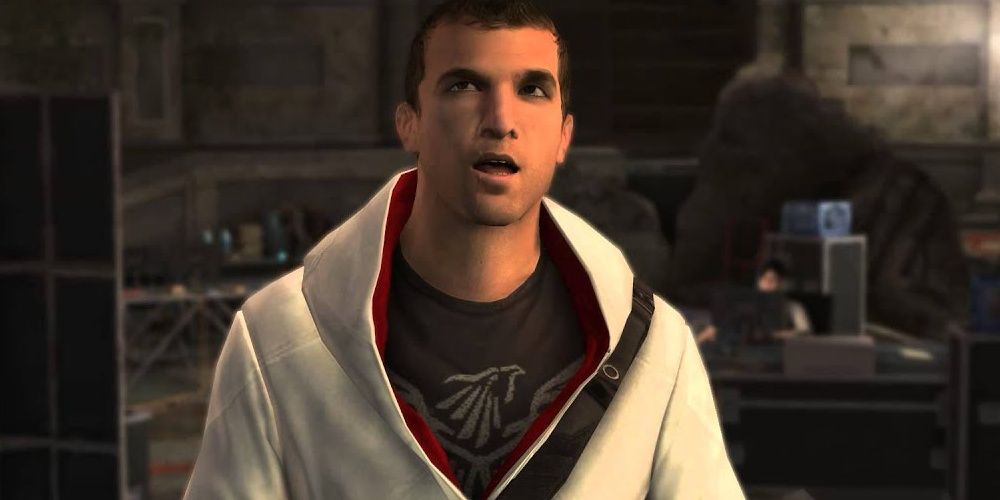
During the early games, Desmond relived the memories of Altair, Ezio, and Connor. All three Assassins were distant relatives of the former bartender. Desmond's family tree is what made him so important, as the user of the Animus could only relive memories of their own ancestors.
Nowadays, Layla can witness the lives of anyone as long as she has a sample of their DNA. It all makes things a bit more realistic as not many individuals can believably be ancestors of several influential people. Yet, without the trope, not much connects the past and present protagonists.
2 Getting An Apple Of Eden Is The Main Goal

At this point in the series, many Pieces of Eden have been revealed, from shrouds to swords. In the early games, however, everything revolved around the Apples Of Eden. Both the Assassins and the Templars were obsessed with getting their hands on one of those powerful objects.
RELATED: Assassin's Creed: The 10 Most Powerful Pieces Of Eden
Both groups had Desmond go into the past to find where his various ancestors put an Apple so they could gather in the present day. And in the past stories he was reliving, an Apple usually played a large role. While these objects still feature in the newest games, it's not all about them anymore. There are now other things in the AC Universe to be worried about - like apocalypses.
1 Protagonist Working Their Way Up The Assassin Ranks
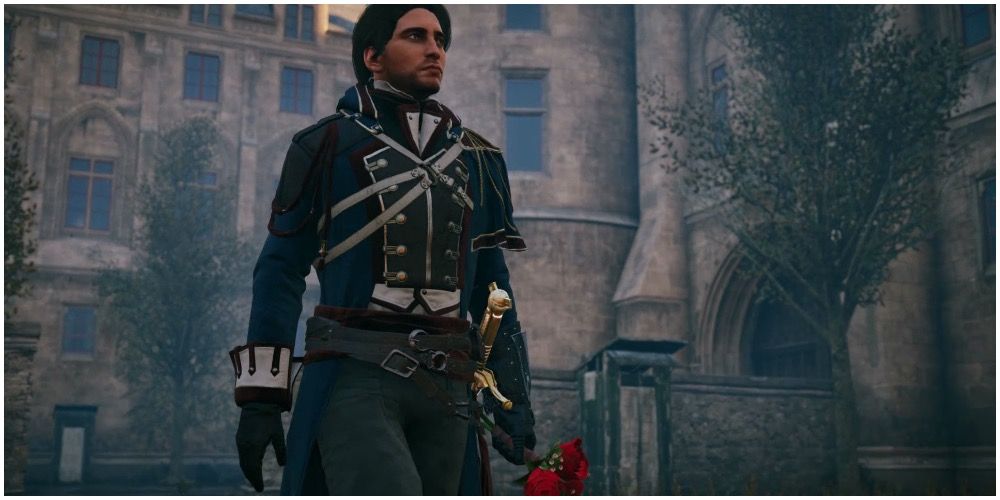
During the series, players have controlled some of the best assassins within the AC universe. However, the protagonists didn't usually start as Master Assassins. In the original game, AC2, AC3, and Unity, the protagonist spent much of the adventure rising up the ranks of the brotherhood.
In the recent titles, the past storylines have pre-dated the Assassins. Eivor does join the Hidden Ones, however. But the hero's place within the order isn't a significant plot point during Valhalla. In general, a protagonist being an Assassin or Hidden One is less important in the new games.
NEXT: Assassin's Creed: 10 Historical Figures The Games Nailed

